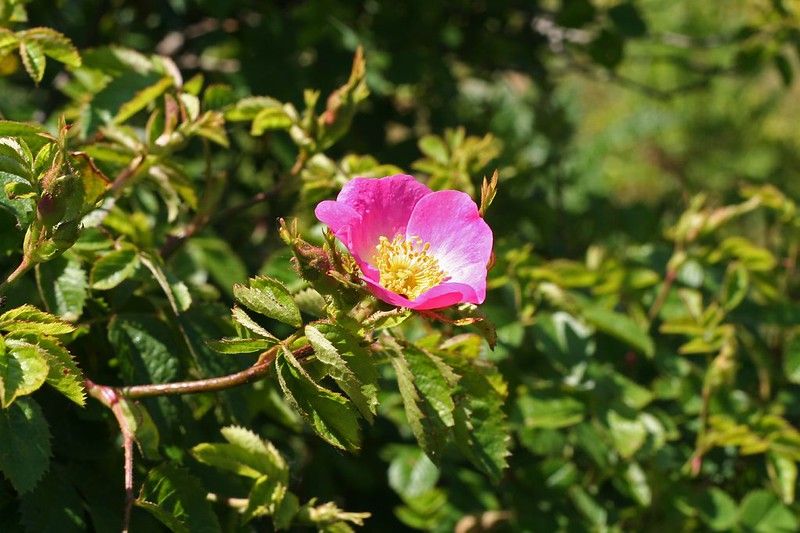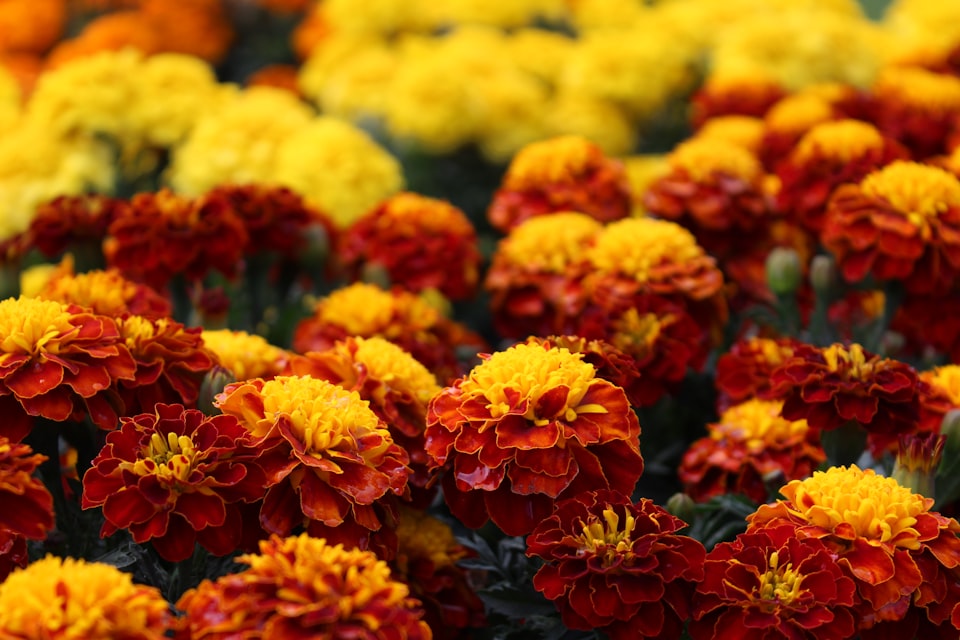VIII: Daffodil
The curious afterlife of the asphodel.

Good morning. Today is octidi, the 8th of Germinal, Year CCXXXI. We celebrate la jonquille, a typically yellow variety of the narcissus.
Ancient Greece had many heavens and many hells, though these were not ordered and stratified in the style of Dante, but haphazardly described by various poets to provide a fitting denouement for the heroes and villains of their stories.
The natural tendency of afterlives in various cultures appears to be to start with hell, then gradually open up the heavens. This was the case with Hades, which appeared to be the default destination embedded in the native cultures of Greece but which became gradually depopulated as the city-states grew, became stable, and embraced the arts. The arts, as we all know, prefer a happy ending to be at least available, if not triumphant. And so places like the Elysian Fields and Isle of the Blessed opened up their gates and sold real estate to several of Greece's celebrated warriors, heroes, and dignitaries.
Then there's the Asphodel Meadows.



